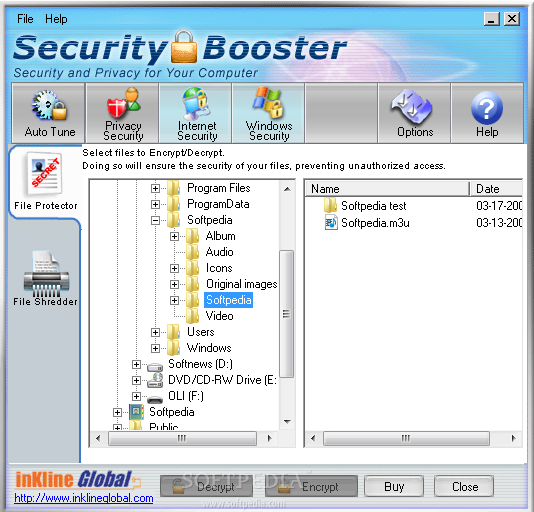

- #Security and power booster for android#
- #Security and power booster code#
- #Security and power booster password#
- #Security and power booster free#
4) Phishing Attacksīecause mobile devices are always powered-on, they are the front lines of most phishing attack. And whenever you are asked to create a login, whether for Wi-Fi or any application, always create a unique password.
#Security and power booster free#
In addition to using caution when connecting to any free Wi-Fi, never provide personal information.
#Security and power booster password#
Because many users employ the same email and password combination for multiple services, hackers are then able to compromise users’ email, e-commerce and other secure information. In some cases, attackers require users to create an “account” to access these free services, complete with a password. Cybercriminals give the access points common names like “Free Airport Wi-Fi” or “Coffeehouse” to encourage users to connect. Network spoofing is when hackers set up fake access points-connections that look like Wi-Fi networks, but are actually traps-in high-traffic public locations such as coffee shops, libraries and airports. And never use it to access confidential or personal services, like banking or credit card information. To be safe, use free Wi-Fi sparingly on your mobile device. Their social media, PayPal and even their VoIP conversations were compromised. According to V3, in fact, three British politicians who agreed to be part of a free wireless security experiment were easily hacked by technology experts. No one wants to burn through their cellular data when wireless hot spots are available-but free Wi-Fi networks are usually unsecured.
#Security and power booster for android#
The September 2019 updates for Android and Apple iOS both added protocols to make users more aware of it and why apps collect users’ location data. And steer clear of any apps that asks for more than necessary. To avoid these problems, only give apps the permissions that they absolutely need in order to properly function.
#Security and power booster code#
These mobile malware programs use distribution code native to popular mobile operating systems like iOS and Android to move valuable data across corporate networks without raising red flags. These are typically free apps found in official app stores that perform as advertised, but also send personal-and potentially corporate-data to a remote server, where it is mined by advertisers, and sometimes, by cybercriminals.ĭata leakage can also happen through hostile enterprise-signed mobile apps. For example, “riskware” apps pose a real problem for mobile users who grant them broad permissions, but don’t always check security.


Mobile apps are often the cause of unintentional data leakage. Here’s a look at the top seven mobile device threats and what the future holds. And 78% of those files were malware programs, meaning that over 280,000 malware files per day were detected-many of which target mobile devices. By 2017, Kaspersky’s in-lab detection technologies processing reached 360,000 malicious files per day. In 2014, Kaspersky detected almost 3.5 million pieces of malware on more than 1 million user devices. ** Note: Qty 2 fire alarm batteries are required – we recommend the 2081-9272 12v 7ah batteries for this power supply.Mobile device security threats are on the rise. The Remote Booster Power Supply is a 6.5 version 24 Vdc. At Life Safety Consultants, we offer the Edwards / EST Remote Booster Power Supply BPS6A. The booster contains all of the necessary circuits to monitor and charge batteries, control and supervise four Class B or two Class A NAC circuits and monitor two controlling inputs from external sources. The EST BPS6A Remote Booster Power Supply is a self-contained 24 Vdc power supply designed to augment fire alarm audible and visual power requirements as well as provide power for auxiliary, access control and security applications. Description Edwards / EST (BPS6A) Remote Booster Power Supply


 0 kommentar(er)
0 kommentar(er)
